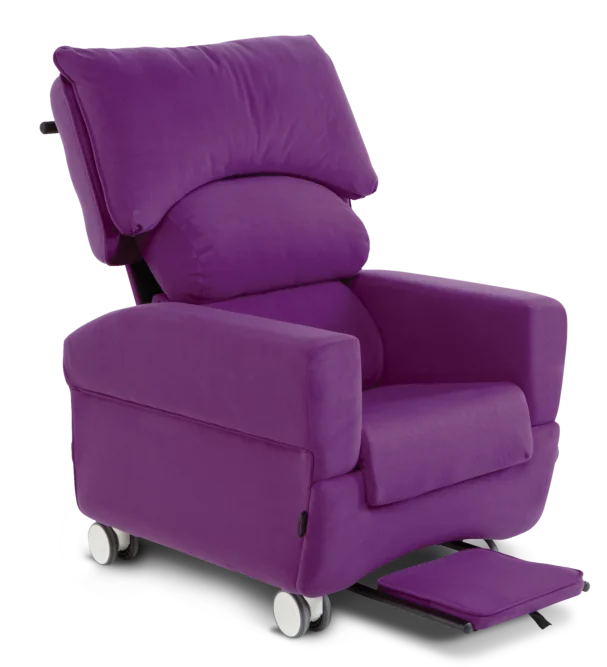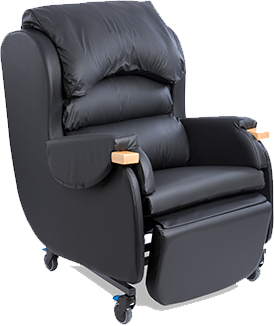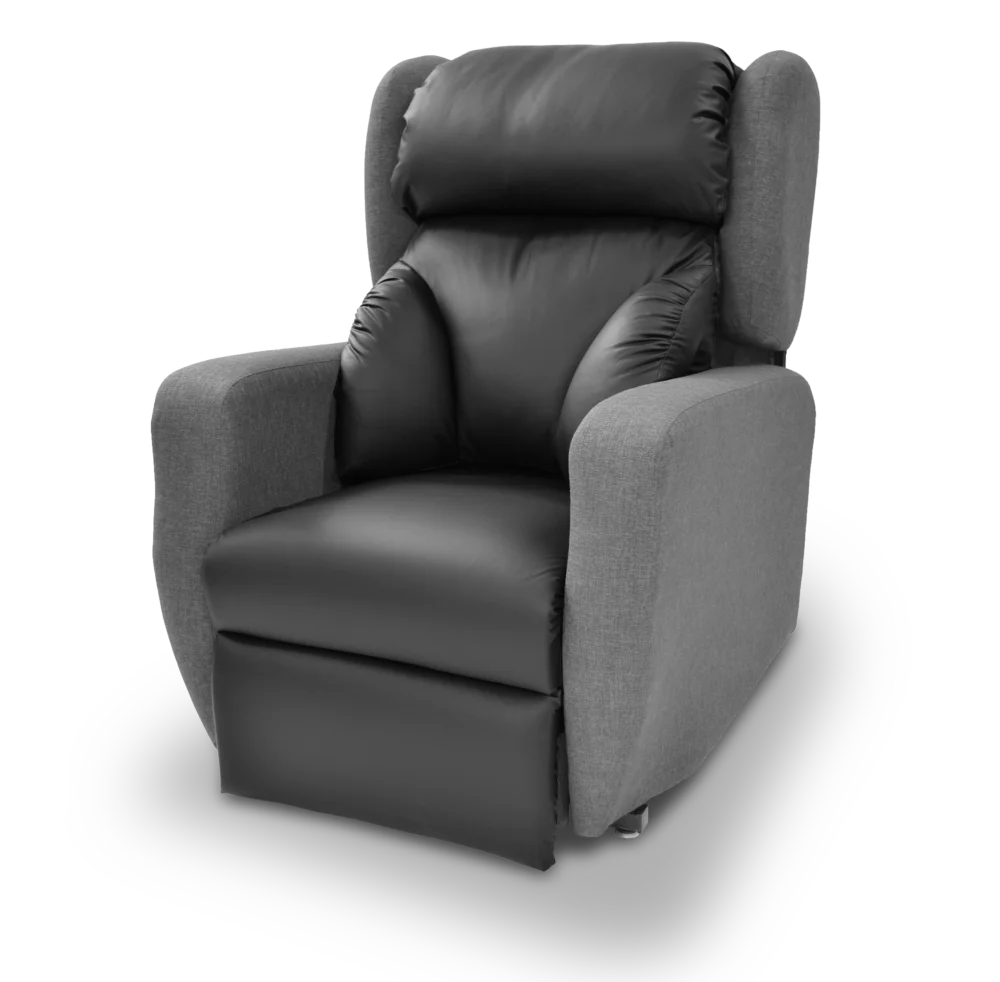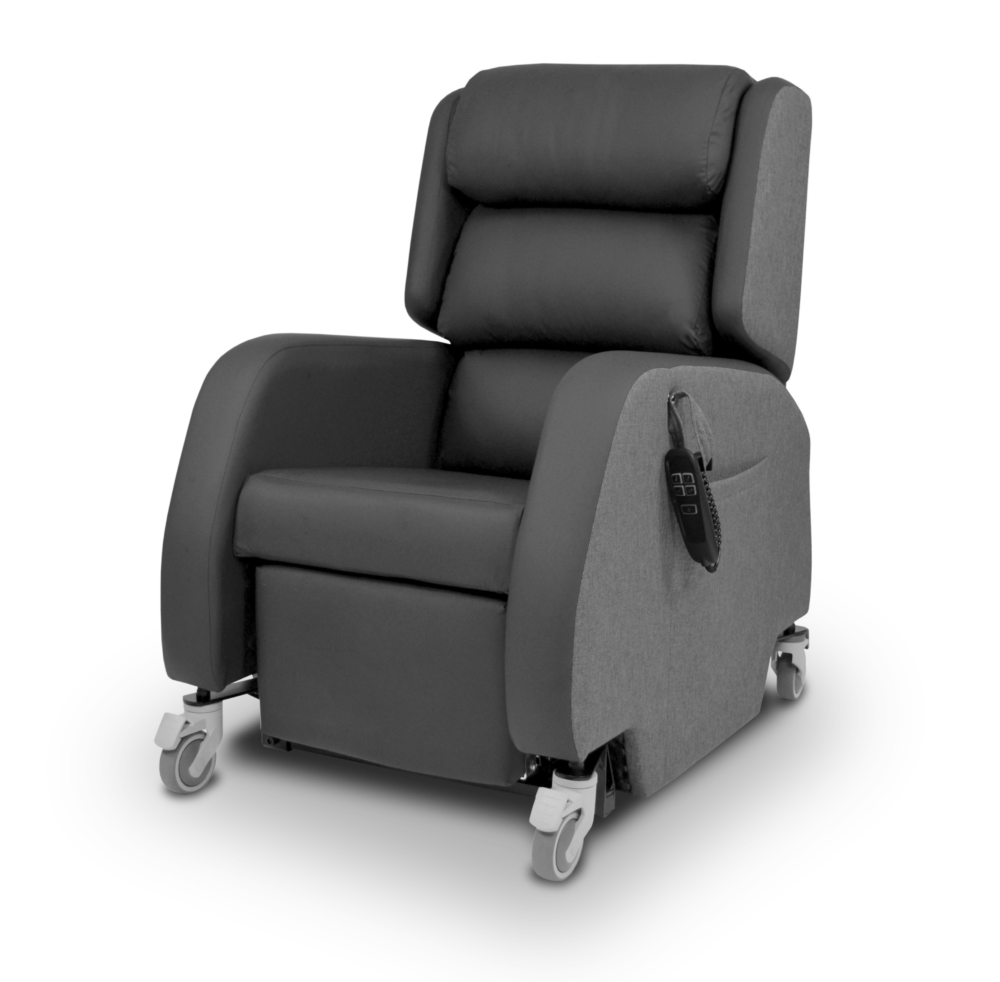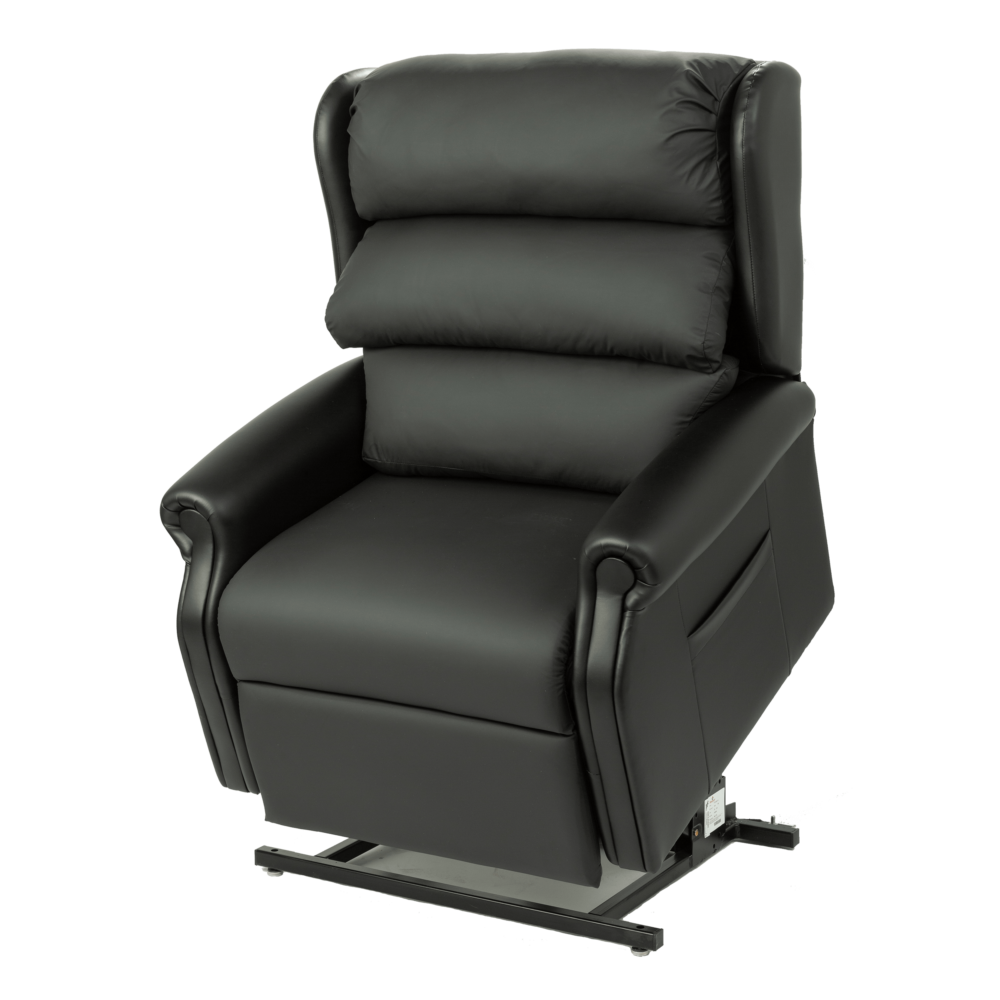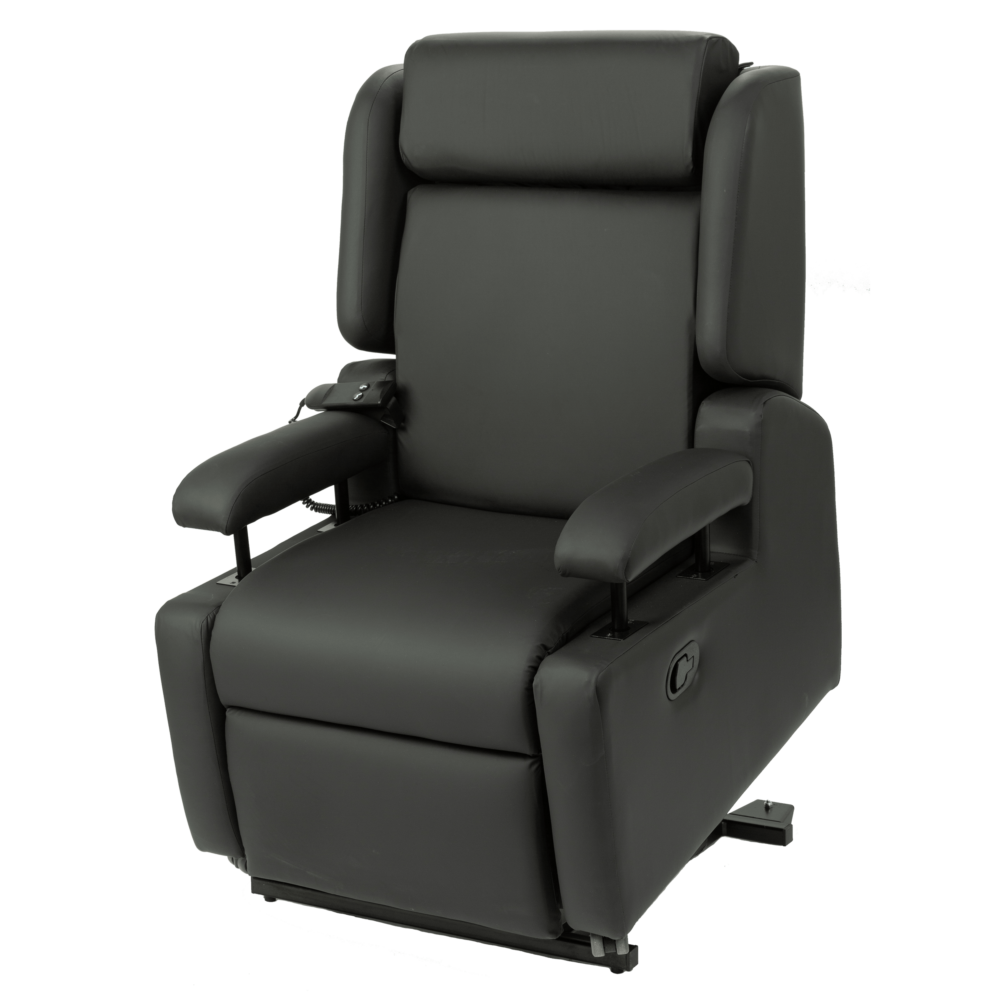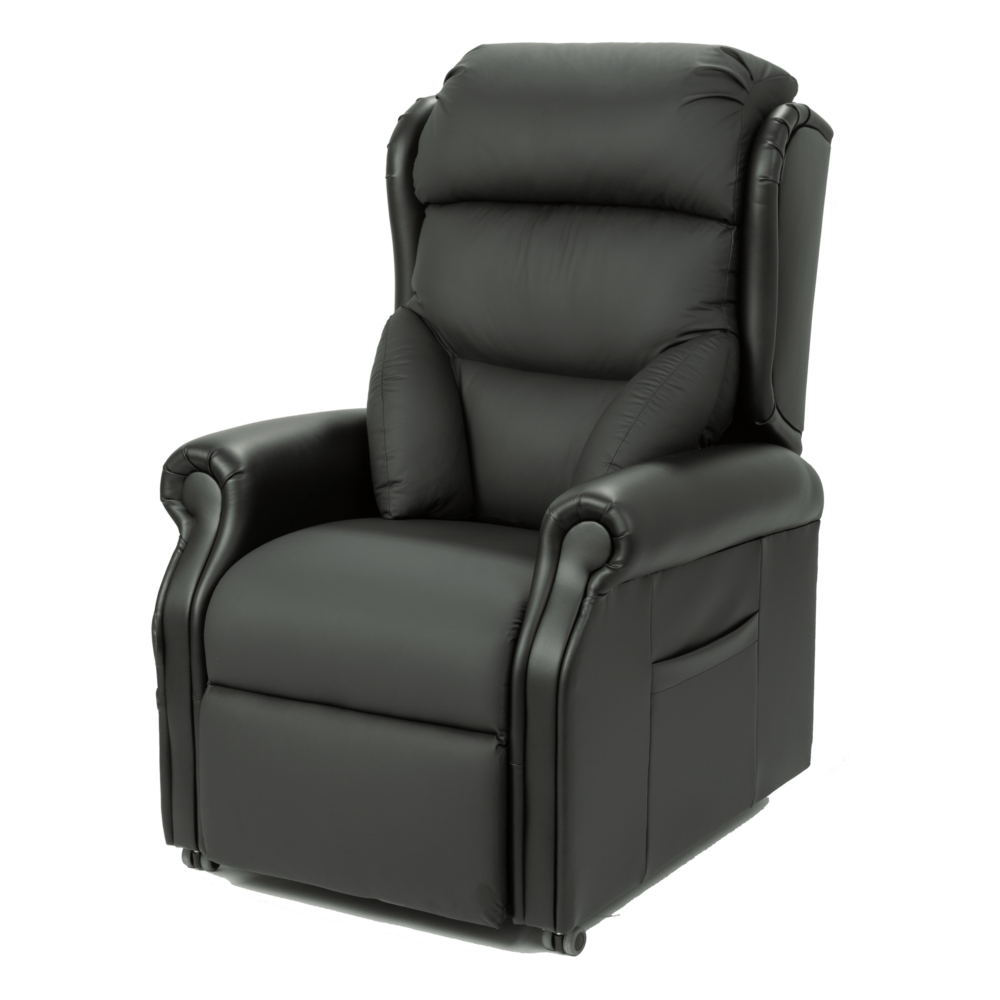What is Cerebral Palsy?
Cerebral palsy is the name for a group of lifelong conditions that affect movement and coordination, caused by a problem with the brain that occurs before, during or soon after birth1. The symptoms of cerebral palsy aren’t always obvious just after a baby is born; they normally become noticeable during the first two or three years of a child’s life.
What are the Signs and Symptoms of Cerebral Palsy?
The nature and severity of signs and symptoms can vary significantly; some individuals only have minor problems with limited impact, while others may be severely disabled. Signs and symptoms can include:
- Delays in reaching developmental milestones
- Intellectual (learning) disability
- Limited functional movement
- Difficulties with activities of daily living
- Seeming too stiff or too floppy
- Weak arms or legs
- Fidgety, jerky or clumsy movements
- Random, uncontrolled movements
- Communication problems
- Vision and other sensory problems
- Swallowing difficulties
Are There Different Types of Cerebral Palsy?
There are four main types of cerebral palsy:
- Spastic cerebral palsy – the muscles are stiff and tight, making it difficult to move and reducing the range of movement possible.
- Dyskinetic cerebral palsy – the muscles switch between stiffness and floppiness, causing random, uncontrolled body movements or spasms.
- Ataxic cerebral palsy – when a person has balance and coordination problems, resulting in shaky or clumsy movements and sometimes tremors.
- Mixed cerebral palsy – when a person has the signs and symptoms of more than one of the abovementioned types.
Other terms used to classify the conditions and refer to the parts of the body affected by cerebral palsy include:
- Hemiplegia – means one side of the body is affected.
- Diplegia – this is where two limbs are affected.
- Monoplegia – where one limb is affected.
- Quadriplegia – means all four limbs (and usually the whole body) are affected.
What Postural Challenges Can Result from Cerebral Palsy?
Cerebral palsy affects individuals’ posture so uniquely, depending on the type and body segments affected, but common challenges include:
- Pelvic instability, including a posterior pelvic tilt
- Poor sitting balance
- Abnormal muscle tone
- Muscle weakness
- Involuntary movements
- Scoliosis
- Increased thoracic kyphosis
- Reduced range of movement
- Contractures
- Windsweeping
- Fatigue
- Pain
How Can Specialist Seating Help?
Specialist seating is critical to enabling individuals with cerebral palsy to finely balance correction and accommodate their posture whilst promoting comfort, function and independence. The optimum chair will meet their holistic needs and the clinical and support network objectives. There is a clear need to ensure adequate postural support at all body segments as part of a 24-hour postural management care plan to improve health, wellbeing and quality of life.
Read more about the benefits of specialist seating and achieving optimum posture here: Posture Management – CareFlex.
How Can CareFlex Help?
The HydroTilt, our much-loved dependable chair, can encourage optimum posture and pressure management whilst promoting comfort for individuals with mild to moderate postural challenges. Adjustable seat depth ensures correct set-up and promotes pelvic stability. Tilt-in-space (if safe and appropriate) can further encourage stability while promoting energy management and a regular change of position.

Individuals with more complex postural needs may require the HydroFlex, our flexible chair that offers high levels of adaptability. Back angle recline (if safe and appropriate) can accommodate a reduced range of movement at the hips. The addition of a pommel may be indicated for wind sweeping. After an assessment, positioning aids such as pelvic belts or chest harnesses may also be required to maximise postural control and safety. Our testimonial video can be viewed here.
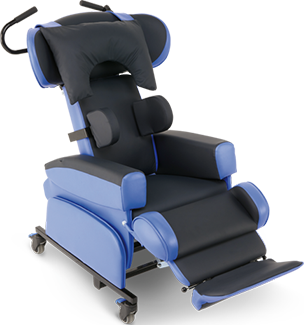
The SmartSeatPro II may be the ideal seating solution for the most complex presentations. The SmartSeatPro II is a new and upgraded, highly adjustable specialist seating system:
- The unique design allows for various configurations to ensure postural asymmetries can be fully stabilised, accommodated, and, where possible, corrected from the feet to the pelvis and through the spine to the head.
- The multi-adjustable back and head system with new sections of modifiable filling can fully support kyphoscoliosis and/or rotation through the spine and pelvis.
- The chair benefits from tilt-in-space, back angle recline, and a negative angle channelled leg rest.
- The new armrests allow for quick arm height adjustments and are labelled with seat width guides to assist with set-up; they are also fully removable to aid transfers and sling application/removal.
- The chair’s design gives Health & Social Care Professionals maximum adaptability to optimise posture, function and comfort for individuals in all environments, including domestic settings, schools, care homes and hospitals.
- The chair provides high levels of comfort and the robust construction quality associated with CareFlex chairs and comes with a Lifetime Frame Warranty for extra peace of mind.

Please do not hesitate to contact us to discuss any seating needs or book a free no-obligation assessment.

